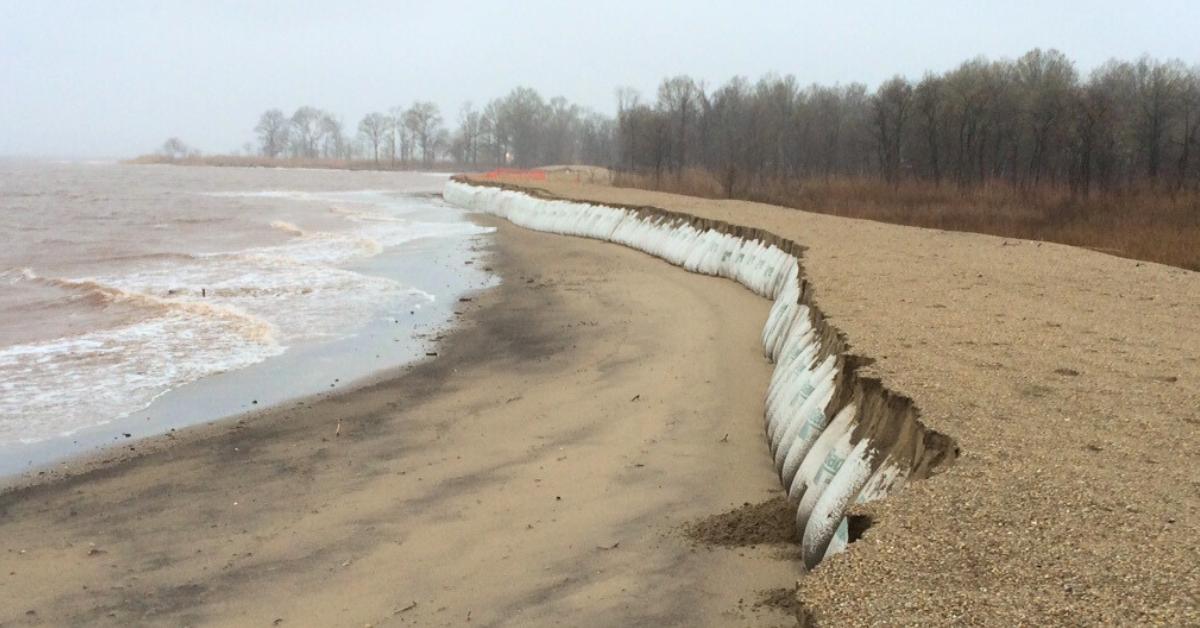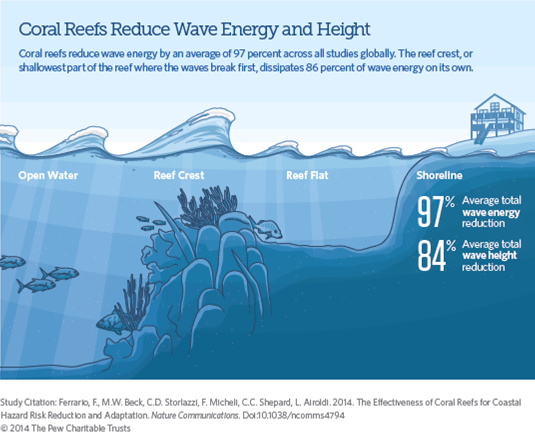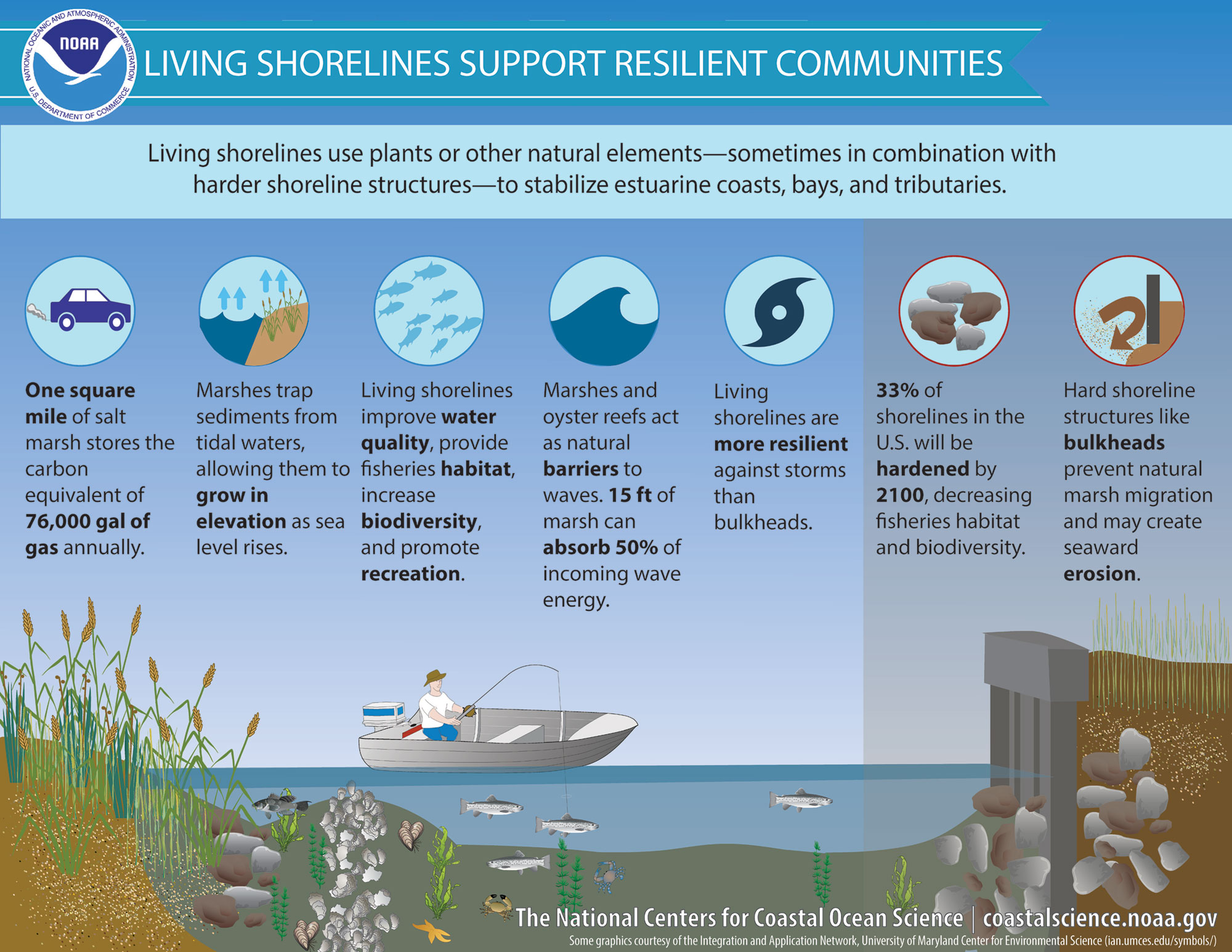All about Shore Protect Team
Wiki Article
What Does Shore Protect Team Mean?
Table of ContentsThe Shore Protect Team DiariesA Biased View of Shore Protect TeamNot known Incorrect Statements About Shore Protect Team The Main Principles Of Shore Protect Team Fascination About Shore Protect TeamThe Main Principles Of Shore Protect Team Little Known Facts About Shore Protect Team.
Decrease in property value: As the location tourist is influenced by erosion, so then is the economy. Customers are much less likely to look for a beach home that might be damaged anytime by the upcoming flooding and disintegration emergency. Consequently, home worth can go down exceptionally and affect the entire area.Whether a beach is simply small and congested or has to shut completely for the security of the community and neighboring properties, this greatly impacts tourist. In turn, regional economies are impacted (https://letterboxd.com/shrprtcttm/). Risk of injury: The increased risk of flooding and structural failures creates an enhanced threat of injury to close-by tourists and community participants

Coastline stablizing is straight related to their work. Waterside hotels: Since coastline disintegration impacts tourist, it influences the success of beachfront hotels.
The 5-Minute Rule for Shore Protect Team
Coastal industrial organizations: No vacationers implies no organization. Coastal state parks: State parks that exist along shorelines are at threat of damage.Soft stablizing is a far better service for the atmosphere and more sustainable overall. Tough stablizing uses man-made structures as security to manage disintegration. Typically, these frameworks are set up at right angles or alongside stop sand motion and minimize the force of waves. Many types of tough stablizing like seawalls and sheet metal are not optimal for shoreline stabilization.
The 6-Second Trick For Shore Protect Team
There's likewise not adequate proof of their efficiency depending upon the kind of coastline and regional problems. Difficult stabilization strategies tend to be much more challenging to install and don't match the natural visual, protruding like an aching thumb and hurting regional environments in numerous circumstances. Beach nourishment is the procedure of adding shed sand and sediment back to coastlines after disintegration has actually happened.TrapBags help in the procedure of beach sustenance by safeguarding all-natural ecological communities and enabling plants to expand. They're: Eco friendly: You can make use of indigenous soil both to border and to fill the TrapBags.

The 4-Minute Rule for Shore Protect Team
Easy to set up: Ease of installation suggests TrapBags can be deployed quickly in case of an emergency situation. They can likewise be mounted with no heavy machinery. Budget-friendly: TrapBags are suitable for both little and large locations of shoreline. They supply an economical solution to cover jobs of any kind of size.Combined with a high building and construction cost, this has actually resulted in raising use of various other soft engineering coastal monitoring choices such as coastline replenishment. Seawalls are constructed from numerous materials, many commonly strengthened concrete, rocks, steel, or gabions. Other feasible construction materials consist of vinyl, timber, light weight aluminum, fiberglass composite, and naturally degradable sandbags constructed from jute and coir. The ideal seawall design relies upon location-specific facets, including bordering erosion processes. There are three major sorts of seawalls: vertical, rounded, tipped, and piles (see table listed below). A report published by the United Nations Setting Programme (UNEP) suggests that the tidal wave of 26 December 2004 created much less damages in the locations where natural obstacles existed, such as mangroves, reef or coastal plants.
Natural obstacles, such as reef and mangrove woodlands, prevent the spread of tsunamis and the flow of seaside waters and reduced the flood and surge of water. A cost-benefit method is an efficient method to figure out whether a seawall is ideal and whether the benefits deserve the expense.
An Unbiased View of Shore Protect Team
A seawall is a fixed feature which can contrast with the dynamic nature of the coast and hamper the exchange of sediment in between land and sea. Advantages and drawbacks of seawalls according to Short (1999) Advantages Disadvantages Long term remedy in comparison to soft coastline nutrition (http://localdisplayed.com/directory/listingdisplay.aspx?lid=87011).
This can trigger beaches to dissipate, rendering them pointless for coastline goers. Typically, seawalls can be a successful way to manage coastal erosion, however only if they are built well and out of products that can hold up against the pressure of recurring wave power.
The Greatest Guide To Shore Protect Team
The proper seawall design counts on location-specific aspects, including surrounding disintegration procedures. There are 3 major kinds of seawalls: upright, rounded, tipped, and piles (see table below).All-natural barriers, such as reef and mangrove forests, prevent the spread of tsunamis and the circulation of coastal waters and reduced the flooding and surge of water. A cost-benefit approach is a reliable means to figure out whether a seawall is ideal and whether the benefits deserve the expenditure.
Little Known Facts About Shore Protect Team.
A seawall is a static feature which can clash with the dynamic nature of the coastline and impede the exchange of debris between land and sea. Advantages and negative aspects of seawalls according to Short (1999) Advantages Disadvantages Long term option in comparison to soft coastline sustenance.
This can create beaches to dissipate, providing them pointless for beach goers. Usually, seawalls can be a successful method to regulate seaside erosion, but just if they are built well and out of materials that can endure the pressure of continuous wave energy.
Report this wiki page